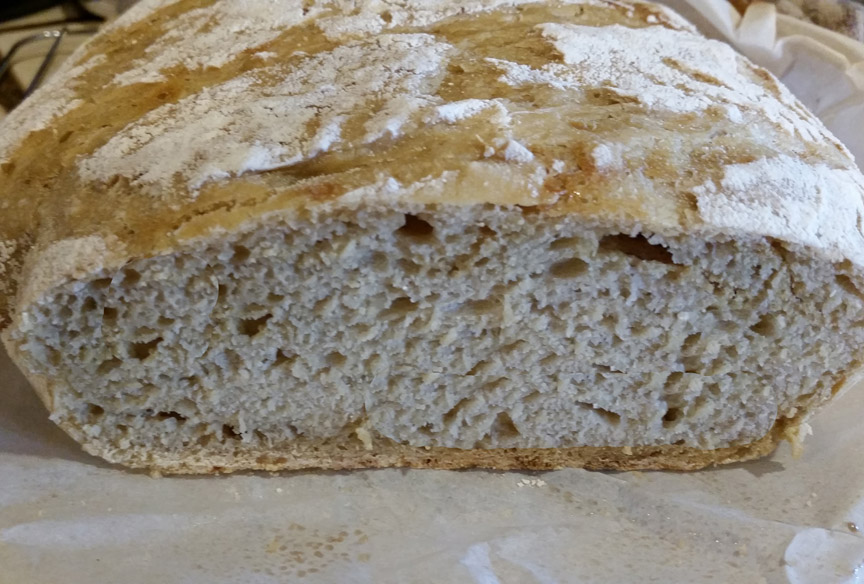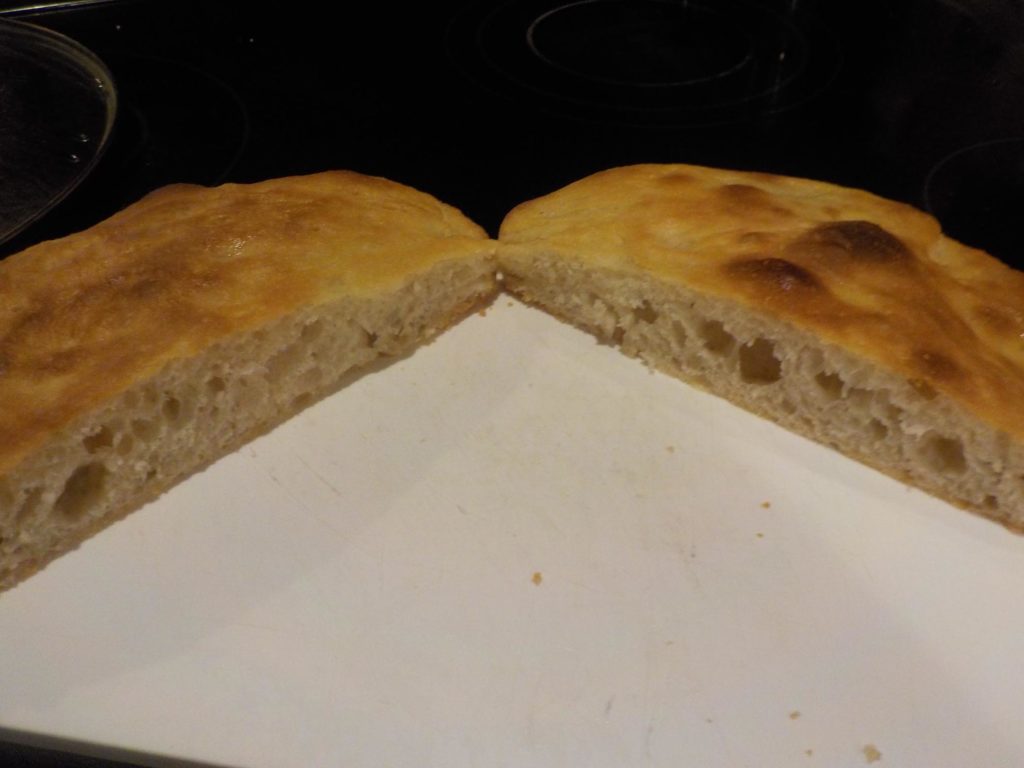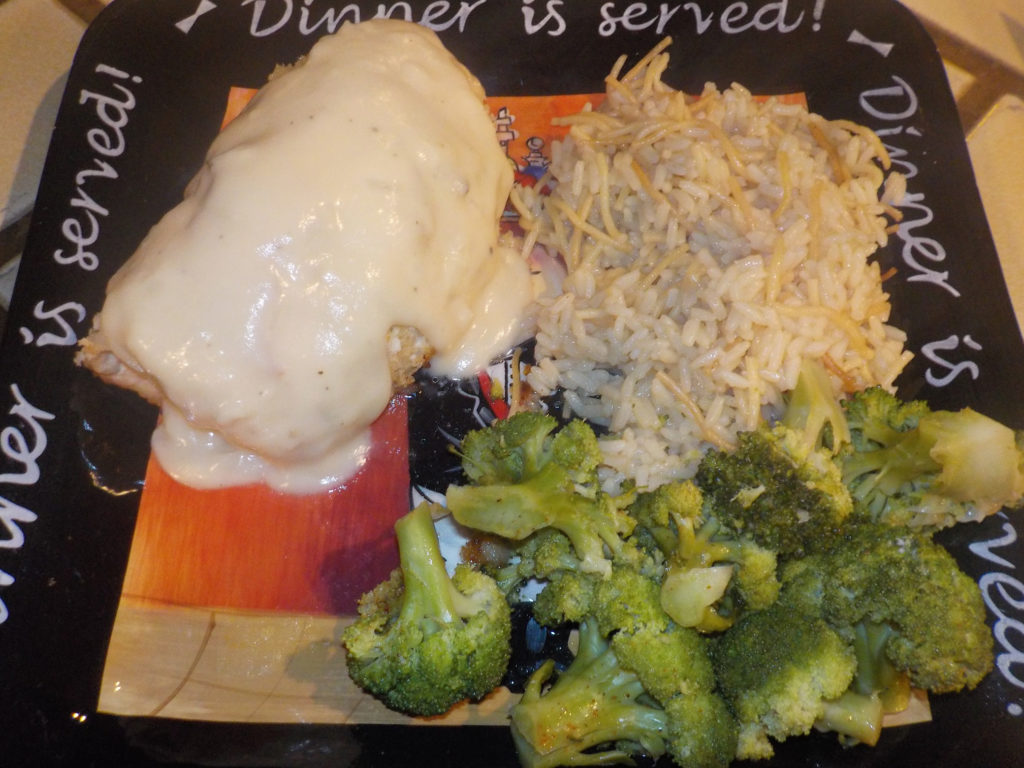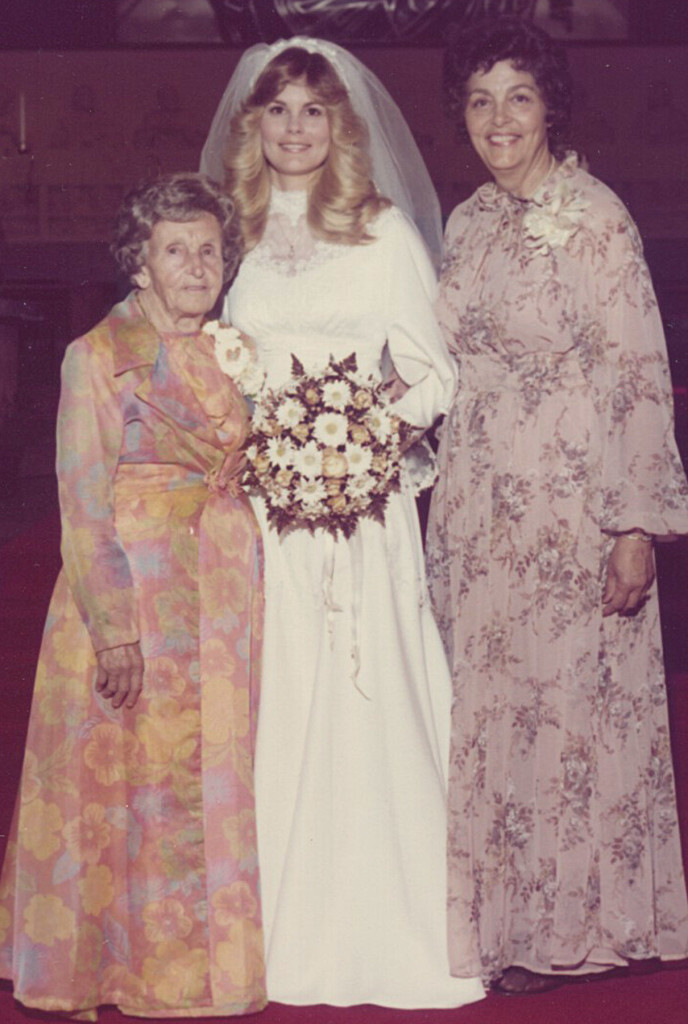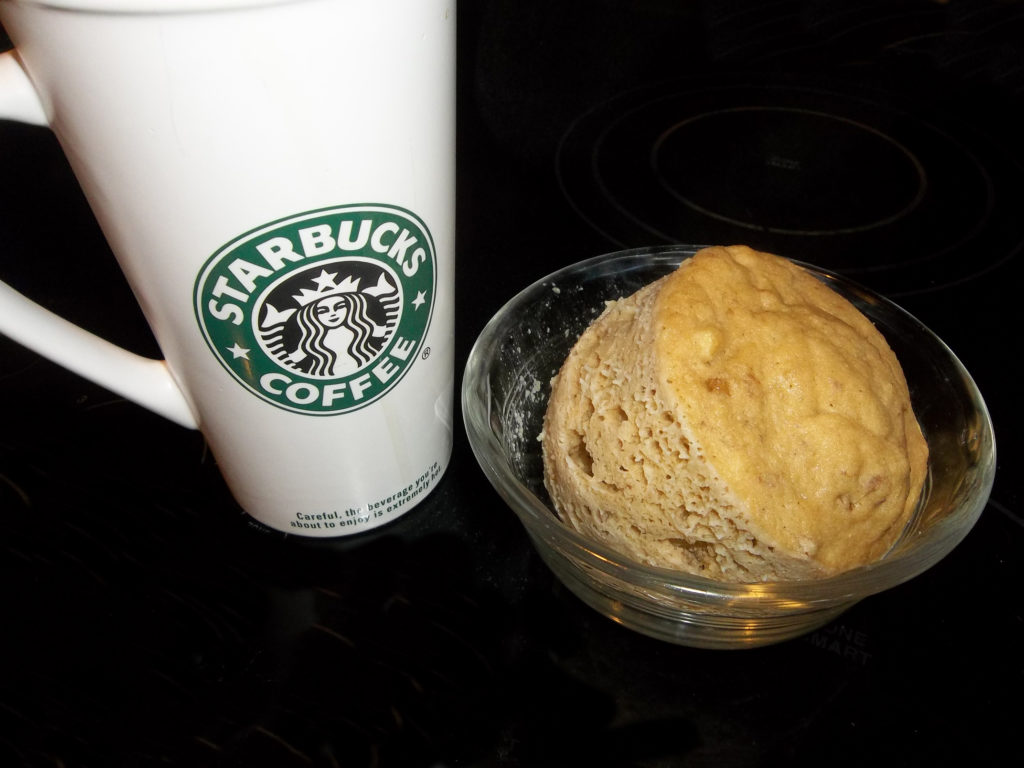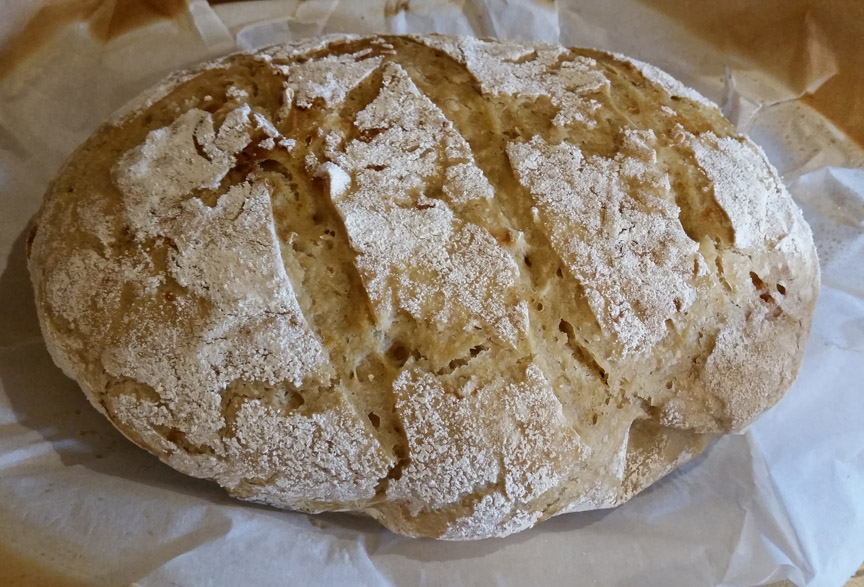
I’m so excited! I just made my first good loaf of einkorn bread. And let me tell you, it was tough figuring it out. I bought two cookbooks, watched a bunch of videos, & searched the internet.
The first few loaves made using just instant yeast were dense, and sort of dry and crumbly. Not awful, but not my idea of good bread. So I decided to try making a sourdough starter. My first two attempts were a bust. So I bought a proofing oven and decided to give it one more try.
I got no bubbles. It dried out on top. The recipe I found just seemed way too dry. So I added more water, covered the top of my jar with damp cheesecloth, raised the temperature up to 78%, and added a pan of water for extra humidity. On day six I pulled out my jar of starter, ready to dump it down the drain, and hazzah! It was alive!!! I made my first loaf and it’s pretty darn good. I probably have a lot to learn but I’m off to a good start.
So what’s einkorn wheat? And why bother?
I first got interested in einkorn when my friend Jeanne decided she couldn’t eat wheat. I was curious to know if it was gluten she couldn’t eat, or just our modern wheat, so I got a cookbook and made her some banana bread with einkorn flour. She found she could eat that with no problem. So I began learning more about einkorn, and how it’s different from the wheat we’re used to eating.
Einkorn wheat is the only ancient, original form of wheat we have left on the planet, the only form of wheat that hasn’t been hybridized. The rest of the wheat we eat has been selectively bread & genetically manipulated to produce more and larger wheat berries. That makes it much more profitable, but has drastically changed the nature of wheat.
The problem is that man evolved to be able to process the ancient wheat, but isn’t doing so well with the new modified versions. Many people who think they are gluten intolerant are really modified wheat intolerant, and can eat einkorn wheat with no problems. An estimated 6-8% of the population falls into this category.
Einkorn wheat has a very simple structure, with only two sets of chromosomes. Hybridized wheats are much more complex. I would image that is a large part of why einkorn is so much easier to digest. And, when you use a sourdough starter, it makes the bread even more digestible.
From the 1940s to 1960s, higher producing types of wheat were developed to feed a growing population by cross breeding and crude genetic manipulation. The result is today’s wheat that is really inferior in many respects.
Modern wheat has 19-28% lower levels of Zinc, Copper, Iron, Magnesium & Selenium. Modern wheat has a much higher level of gluten, which makes it harder to digest for people with gluten sensitivity. Einkorn wheat has 3-4 times more antioxidants, particularly lutein & zeaxanthin, which may help prevent macular degeneration. Modern wheat is exposed to high doses of gamma and microwave radiation to make it more disease resistant, but doctors are concerned that this may create carcinogens and toxic chemicals. Einkorn wheat is being grown primarily in Italy, and without the use of pesticides. Most of the wheat we eat has been bleached, which lowers it’s nutritional value even more. At least, buy flour that hasn’t been bleached!
If you want to try einkorn, Amazon is probably your best source. It isn’t cheap, but seems like it might be worth it. Demand is growing, so hopefully production will also increase. Fingers crossed.
It’s a lot different making bread with einkhorn wheat. It doesn’t absorb water as much as our modern wheat, so you need to make dough that’s really wet. With less gluten, it doesn’t rise like modern wheat, but I’ve found it does well if you make your own sourdough starter. It also doesn’t like to be kneaded. Modern wheat requires kneading to develop the gluten. Einkorn just gets tough if you knead it. So there’s a real learning curve but I’m determined to master it. When I do, I’ll pass it along. In the meantime, let’s go taste that bread again. Yum!
